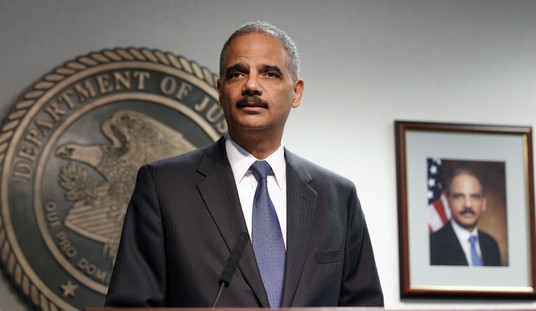Thanksgiving and Christmas aren’t the only holiday seasons that will expire at the end of the year. While the Obama administration and the Republicans both talk about protecting the middle class from the fiscal cliff, all sides have kept mum about the soon-to-expire payroll tax holiday. This rebate on Social Security withholding was first implemented as a bipartisan economic stimulus, coming from the lack of a resolution on the same dispute over tax rates that Democrats and Republicans are fighting now. Its expiration will cost workers — mostly from the working- and middle-class ranks — about $1000 a year.
Sam Stein at the Huffington Post notices the silence from the White House on a stimulus policy it once bragged about owning:
For the past two years, U.S. workers have enjoyed a 2 percentage-point increase in take-home pay thanks to a payroll tax reduction trumpeted by lawmakers as an effective lift for a sagging economy. Come Dec. 31, that cut will expire — and policymakers don’t seem too upset about it.
In a victory for the Obama administration during the lame duck session of 2010, Congress reduced the payroll tax rate from 6.2 percent to 4.2 percent, giving the average U.S. household an additional $1,000 per year. Democrats demanded an additional extension at the end of 2011, and while Republicans initially balked, the political repercussions of hiking taxes on struggling families proved too much to bear.
Now facing another deadline, the White House has gone almost completely quiet on one of its favorite stimulus policies. In a report released Monday morning, the administration warned that middle-class families will pay thousands more in taxes next year unless Republicans relented on income tax breaks for the rich. But the report didn’t mention the soon-to-expire payroll tax cut.
That’s not to say we should mourn its passing, as I argue at The Week today, and there are good reasons why the White House wants to remain mum on its expiration. As a stimulus, it flopped, and as fiscal policy, it was even worse:
Both sides sold the payroll tax holiday as an economy-stimulating policy. As such, though, it simply followed the failures of Barack Obama’s Making Work Pay weekly tax rebate and George Bush’s lump-sum tax rebate. The numbers involved, about $20 per week, hardly constitute an incentive for spending freely. In the first year of this particular holiday season, personal consumption expenditures (PCE) increased by 3.1 percent (annualized) in the first quarter, but then only rose 1.0 percent, 1.7 percent, and 2.0 percent in subsequent 2011 quarters. In the year prior to this policy’s enactment, PCE grew at more than 2.5 percent each quarter, hitting 4.1 percent in the final quarter before Congress passed this particular stimulus. It’s possible to argue that these 2011 numbers might have been worse without the tax holiday, but it’s impossible to argue that it led to resurgent economic growth.
Furthermore, this “holiday” comes with a price. The money comes out of the Social Security Fund’s revenue stream, which already doesn’t produce enough income to cover outgoing expenditures. This stimulus measure is aptly named, as it provides a “holiday” from fiscal sense in a program that is already on the road to insolvency, if not as quickly as Medicare. At least in principle, this tax cut doesn’t keep funds from the government — it takes it from the retirement funds of the taxpayers themselves, just as if the money had come out of a 401(k) account.
Instead of creating gimmicky economic policy like Making Work Pay or the payroll-tax holiday, though, we should be aiming at real tax reform — especially since both parties can benefit from it, as well as investors, workers, and everyone else:
If the same Congressional leadership that exists today had taken a reform-minded approach to the tax system in 2010 to resolve the standoff on tax rates, we could not only have avoided at least two more standoffs on the problem, but also have created the kind of investor confidence that would have brought real and long-lasting economic growth. Congress and the White House could have wrung much more of the short-term gimmicks from both the personal and corporate tax systems, restoring the ability of capital holders to price risk more clearly, and create jobs that will improve revenues organically rather than confiscating more of the capital needed to expand the economy.
What form will that take? Democrats these days talk about the need to return to the Clinton-era tax rates, but Jackie Leo reminds us that we’d also be better off with Clinton-era spending, too:
Toward the end of his second term, Clinton came up with major policy reforms that worked, including tax cuts. He lowered the capital gains tax rate to 20 percent from 28 percent, and increased the death tax exemption to $1 million ($2.8 million today) from $600,000.
More importantly, he cut spending, starting with a welfare system that kept people locked in poverty instead of moving up and out of it. Clinton had his eye on economic growth and knew what it took to have a shared prosperity. We can get there again if Congress and the President do the right thing.
Yes, that’s the real long shot.








Join the conversation as a VIP Member